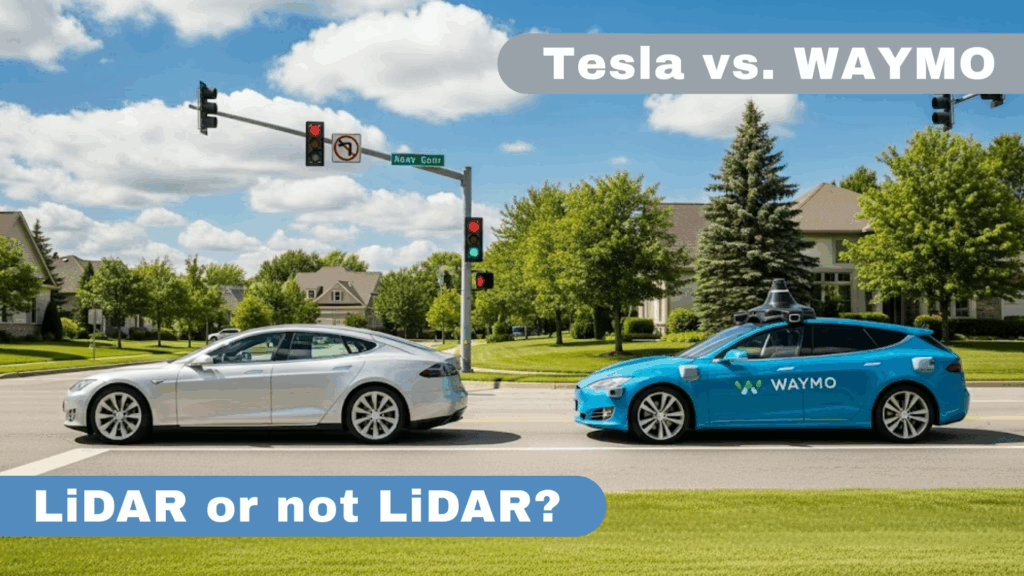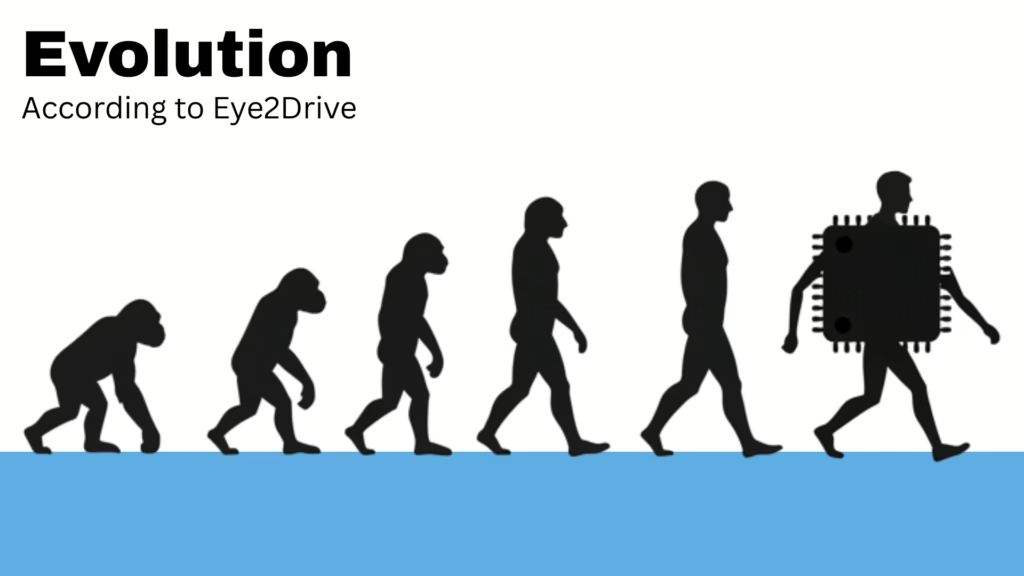Why is Flickering a Problem for Driverless Cars?

Is flickering a problem for driverless cars? Autonomous driving has recently gained much attention from automakers, tech companies, and consumers. Self-driving cars promise to revolutionize transportation by increasing safety, reducing traffic congestion, and improving overall efficiency. However, one issue that has emerged as a major concern for the automotive industry is light flickering, which can interfere with autonomous driving systems and compromise their safety.
What is Light Flickering?
Light flickering in a driverless vehicle occurs when a light source, such as a street lamp or an LED display, fluctuates in brightness at a high frequency. This flicker is usually imperceptible to the human eye but can cause problems for cameras and sensors in autonomous driving systems. These cameras and sensors rely on stable lighting conditions to capture images and data accurately, but flickering light can create false readings and make it difficult to function properly.
Why is Light Flickering a Problem for Autonomous Driving?
Autonomous driving systems rely on various sensors and cameras to navigate roads and make real-time decisions. These sensors include LIDAR, radar, and cameras, which capture data about the environment around the vehicle. However, when these sensors are exposed to flickering light, they may misinterpret the data they receive, leading to failures in the self-driving system.
For example, a flickering street lamp may cause a camera to capture an image showing a pedestrian suddenly appearing or disappearing. This false reading can confuse the autonomous driving system and cause it to react incorrectly, potentially putting passengers and other road users in danger. Similarly, flickering LED displays on billboards or advertisements can interfere with LIDAR sensors, which use lasers to detect the environment around the vehicle. If the LIDAR sensor receives false readings due to light flicker, it may not be able to detect obstacles or other vehicles on the road accurately.
In addition to safety concerns, light flickering can impact the overall performance of autonomous driving systems. If sensors and cameras constantly produce false readings, the self-driving system can make it difficult to make accurate decisions and navigate roads effectively. This can result in slower response times, reduced efficiency, and a lower driving experience.
Conclusion
Light flickering may seem like a small issue, but it can have significant implications for the safety and performance of autonomous driving systems. As self-driving cars become more common on the roads, automakers and tech companies need to address this issue and develop solutions to mitigate the impact of light flickers.
EYE2DRIVE technology, like the human eye, is natively immune to flickering, ensuring safe object detection even in harsh environmental conditions. Therefore, our sensors can help ensure that self-driving cars are safe, efficient, and reliable for passengers and other road users.



